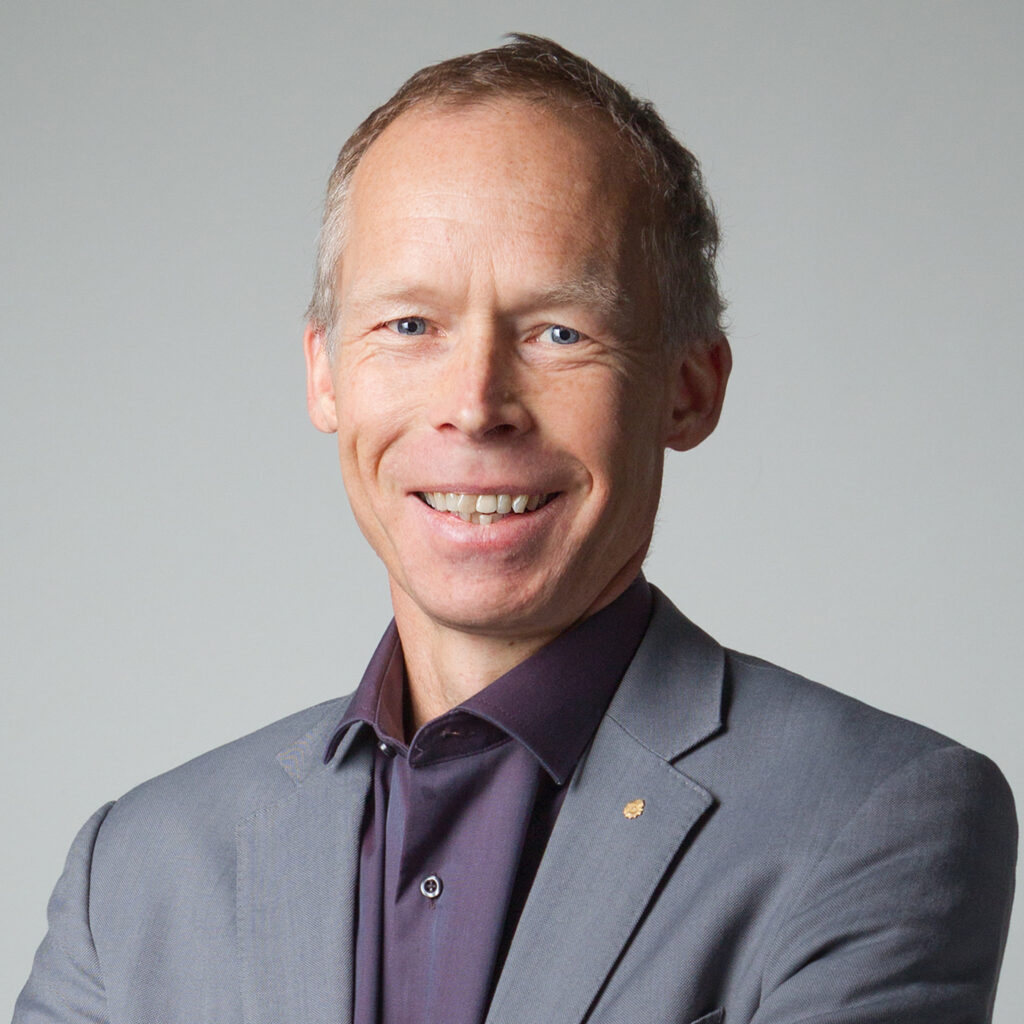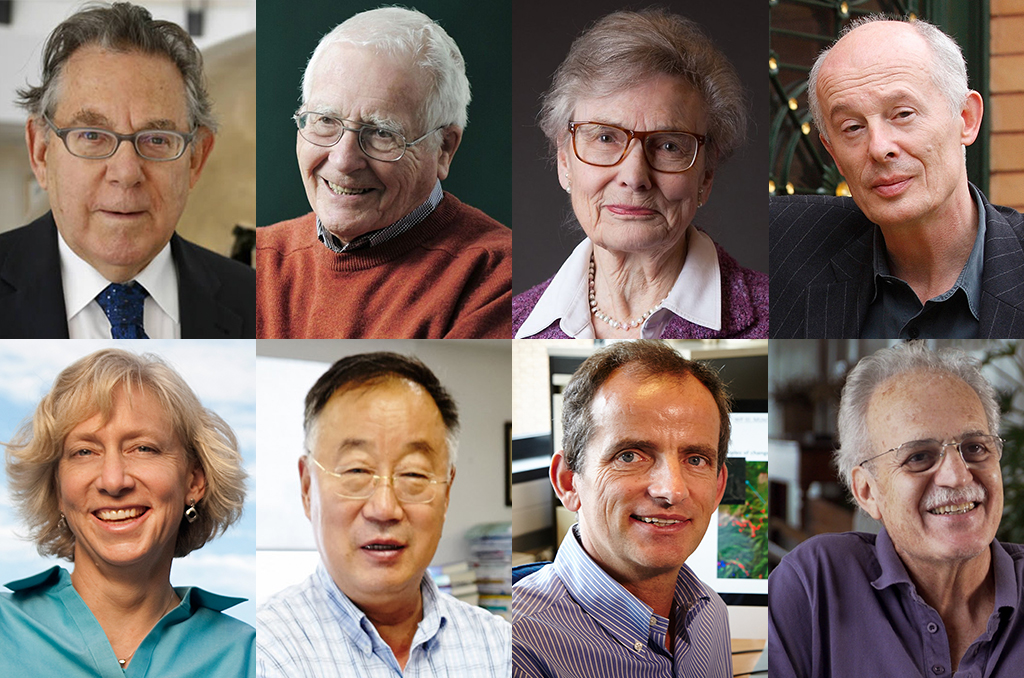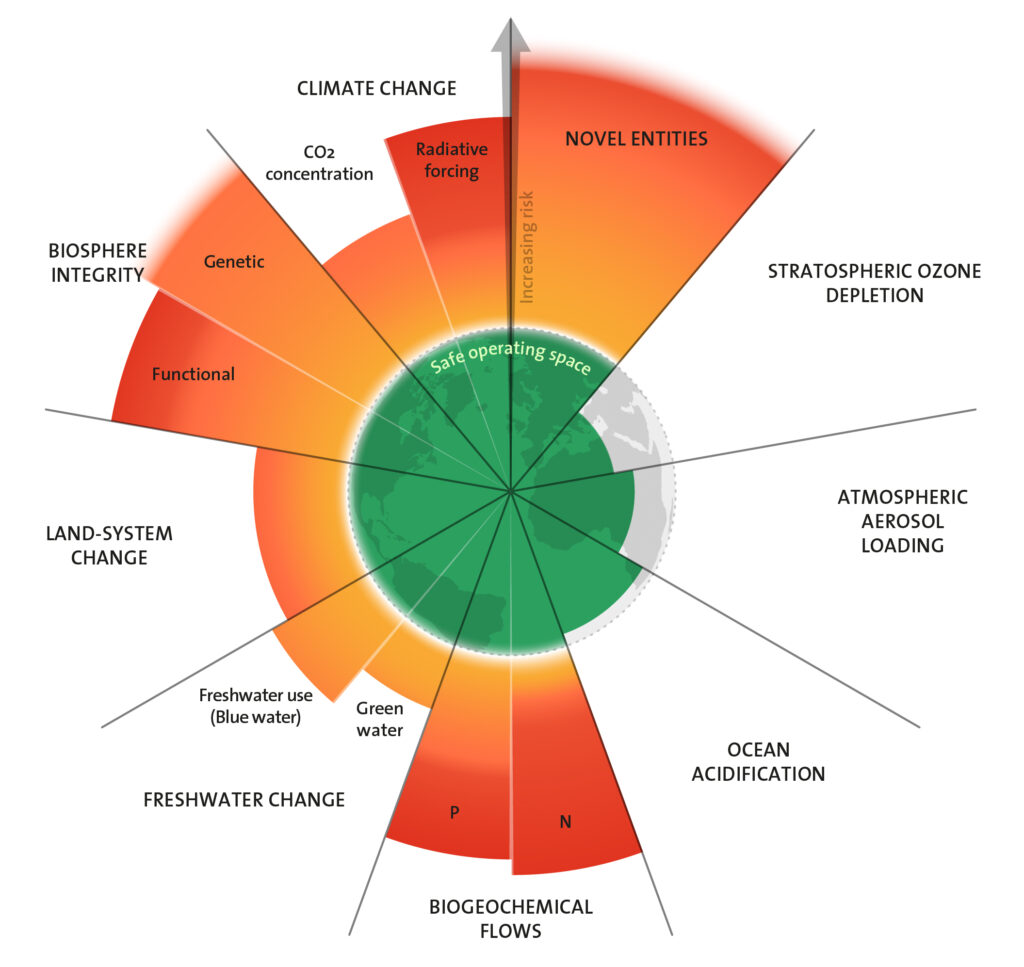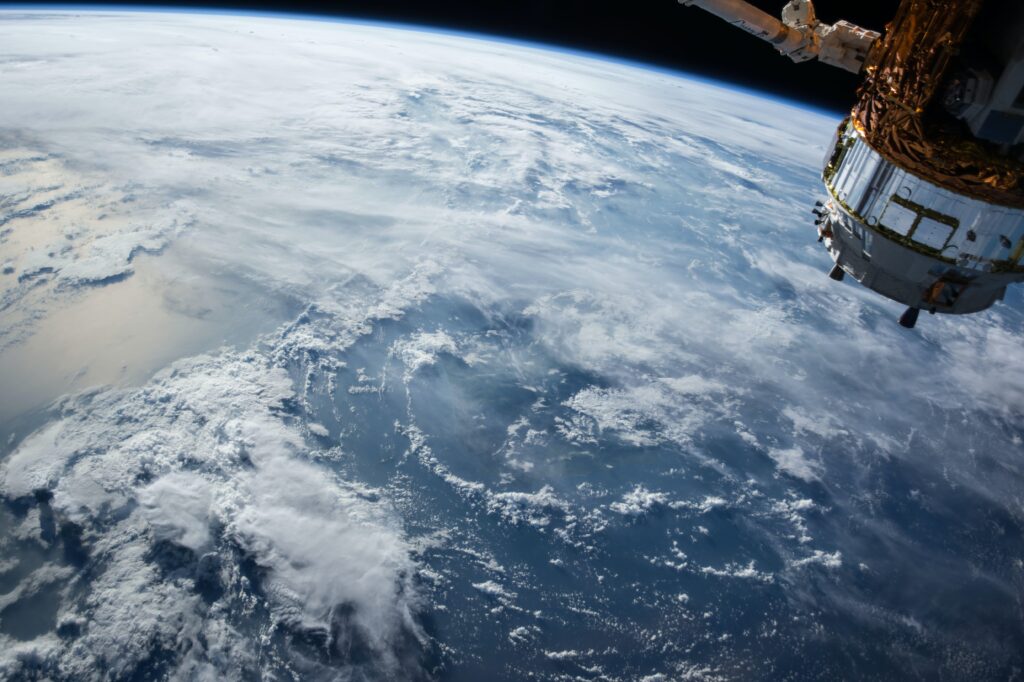
“The path to sustainability is unstoppable””
Professor Johan Rockström
The Volvo Environment Prize event 2023 starts soon.

“The path to sustainability is unstoppable””
Professor Johan Rockström
Q: Congratulations, Johan Rockström, you have been selected as a new Prize Jury member. What does the Volvo Environment Prize mean to you?
A: The Volvo Environment Prize is a very important environmental prize in the scientific world, and I am delighted to be a new jury member. Not least in memory of my highly respected colleague Will Steffen, Australian professor in Earth system science – who sadly passed away last year and was chairman of this jury.
Q: The award celebrates 35 years in 2024. Do you think it has had an impact on drawing attention to global sustainability issues?
A: In its 35 years of existence, the Volvo Environment Prize has been awarded to outstanding scientific personalities who have all contributed to raising global sustainability to the world stage. Paul Crutzen (1991 laureate), later to receive the Nobel Prize (in 1995) was a co-author with me on the first Planetary Boundaries paper in Nature in 2009 and the father behind the Anthropocene. And of course, laureates like James Lovelock, who received the VEP in 1996, Malin Falkenmark, who received the VEP in 1998, and John Schellnhuber, 2011 laureate, are examples, together with many other laureates, of scholars who have fundamentally deepened our understanding of our human inter-connectedness with a fragile and dynamic planet. Laureates like Eric Lambin (2014), Gretchen Daily (2012), and my dear co-chair of the Earth Commission, Qin Dahe (2013) all play critical roles in bridging science to society and contributing policy advice and scalable solutions. Like Brazilian Professor Carlos Nobre from the University of Sao Paulo, a 2016 VEP laureate, recognized for his work on the interactions between the biosphere and the atmosphere and the climate-ecological effects of deforestation in the Amazon and global warming. Carlos is a leading scholar and a spokesperson in the more comprehensive science-policy interface. And I could go on when looking through the laureates over the past 35 years! The award celebrates scientific excellence, helps draw attention to global sustainability, and raises people’s awareness regarding the state of our planet.
 Previous laureates who have all contributed to raising global sustainability to the world stage, from top left: Paul Crutzen, James Lovelock, Malin Falkenmark, Hans Joachim Schellnhuber, Gretchen Daily, Qin Dahe, Eric Lambin, and Carlos Nobre.
Previous laureates who have all contributed to raising global sustainability to the world stage, from top left: Paul Crutzen, James Lovelock, Malin Falkenmark, Hans Joachim Schellnhuber, Gretchen Daily, Qin Dahe, Eric Lambin, and Carlos Nobre.
Q: You are perhaps best known for your work in developing the Planetary Boundaries Framework. How would you say it has been received, in general?
A: The Planetary Boundaries Framework builds on the extraordinary advancements in Earth system science over the past 30 years, on the Anthropocene (that we now – our modern globalized world, constitute the dominant force of change on Earth), that the Holocene is a uniquely stable equilibrium state of the planet that we humans depend on, and that tipping points (and resilience dynamics) are hard-wired in the biosphere-geosphere and regulates the ultimate functioning, and state of the Earth system. With all this evidence of planetary-scale pressures and global risks in the Anthropocene, the next step in the scientific inquiry was quite evident. If we put the planet’s stability at risk, what processes regulate the earth’s strength and resilience? And can we, for each of these boundary systems, scientifically (for relevant control variables) quantify safe boundary levels within which we have a high chance of keeping Earth’s life-support systems within Holocene-like conditions? And ta-da, there you have the Planetary Boundaries theory and framework. The framework aims to scientifically quantify a safe operating space for humanity on Earth, for all the biophysical systems and processes that regulate the functioning, stability, and resilience of the Earth system.
After 15 years of research, 3 scientific syntheses (Rockström et al. 2009, Steffen et al. 2015 and Richardson et al. 2023), and over 1500 peer-reviewed papers critically assessing and improving the framework, I feel confident that we have an integrated framework to guide world development in the Anthropocene. Much science remains, particularly in quantifying the safe boundaries and improving the selection of control variables, but overall, we now have a robust framework where we can say with high scientific confidence – if we become sustainable stewards of the nine Planetary Boundaries and bring them back within their safe levels, we have a good chance of safeguarding good living conditions for people – now and in the future, on Earth.
Since its first publication in 2009, the Planetary Boundary Framework has generated enormous interest within science, policy, and practice. It has significantly contributed to shaping public response to climate change and sustainable development, including the United Nations’ Sustainable Development Goals. We now must act upon the vast scientific evidence that patient Earth is unwell as human pressures on the planet continue to rise, breaching six of the nine Planetary Boundaries. We are at risk of destabilizing the relatively stable conditions on planet Earth as we know it, and that allowed our modern civilization to develop.
 Since its first publication in 2009, the Planetary Boundary Framework has generated enormous interest within science, policy, and practice. Read more here: Planetary Boundaries
Since its first publication in 2009, the Planetary Boundary Framework has generated enormous interest within science, policy, and practice. Read more here: Planetary Boundaries
“We know that the climate crisis and the loss of biodiversity have reached a point of planetary emergency”
Q: The world order is challenged, and there is great concern about ongoing military conflicts. Do you think there’s a risk that crucial global issues like climate change and preserving biodiversity are not prioritized the way they should be?
A: This concern is genuine. And it is worrying, given that we know that these social and ecological crises cannot be considered separately. Instead, they constitute several interconnected systemic risks and crises that are a risk for global security. In fact, we are today even forced to seriously consider the risk of triggering a poly-crisis, i.e., an international crisis when multiple global crises – such as war, recession, extremism, and rise of populism and autocracy, co-occur with the climate and ecological crises, and moreover interact and reinforce each other. We know that the climate crisis and the loss of biodiversity have reached a point of planetary emergency. If left untreated, an emergency will bring massive immediate and long-term security threats that further risks of social instability and conflict will follow.
In a situation when more and more attention is given to war, disinformation, and the rise of populism and right-wing extremism, there is a clear risk of losing momentum on solving planetary boundary challenges. With this said, I do see something quite remarkable, which is that despite the geopolitical turbulence in the world today, there are no signs of us losing pace on climate and biodiversity policy. Sure, we are not making the progress we need, but we are, on the other hand, not losing ground. This confirms something that I have concluded many years ago, namely that we have (globally) turned a corner. The path to sustainability is unstoppable. Our challenge is not whether we will transition towards a decarbonized world with circular resource use and sustainable management of the living biosphere. The question is, will we be too slow and arrive too late? Today, all is about scale and speed. It is not about if but how.
“Today, all is about scale and speed”
Q: Finally, what research in sustainability do you think is most important to develop going forward? A: This is a big question that requires an entire seminar! I am excited today that we can make progress on connecting and integrating Earth system modeling and tipping point science with high-resolution Earth monitoring and essentially connecting process-based Planetary Boundary analysis with satellite-based big data, machine learning, and AI applications. In short, we are putting the planet at risk and must now measure the patient, as she is not in good health, in real-time, with the best skills we have at hand.
 High-resolution Earth monitoring and satellite-based big data make it easier for scientists to make use of Earth system modeling.
High-resolution Earth monitoring and satellite-based big data make it easier for scientists to make use of Earth system modeling.
“Today, we are a very big world on a small planet”
All science now shows, with overwhelming evidence, that we are no longer a small world on a big planet. Today, we are a very big world on a small planet, where we are (to quote my dear friend, the late Will Steffen) “hitting the ceiling of hard-wired processes that regulate the state of the planet”. This means we have to manage the planet, and thus have welfare economics within planetary boundaries, and most importantly, ensure transparency, human rights, and justice for all, in particular vulnerable and indigenous communities. How to marry this into one people-planet paradigm is a major challenge, which needs to be advanced fast. We need collective action and trust among all nations and peoples for any chance of prosperity and equity for current and future generations on Earth.